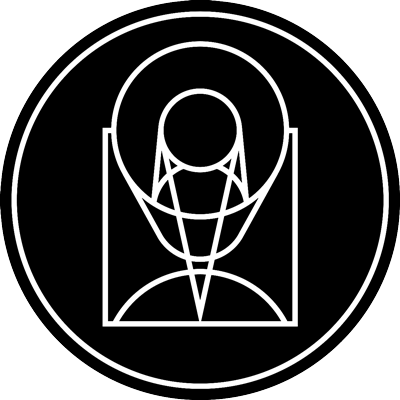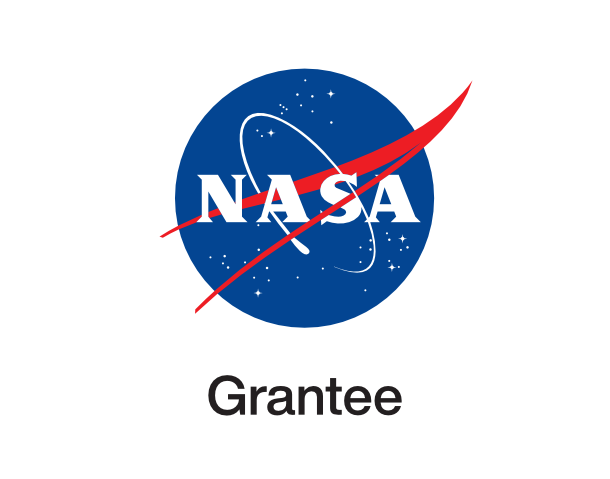Blue Ring Nebula

galex_glx2020-01r_img02 November 18th, 2020
Credit: NASA/JPL-Caltech/NASA/JPL-Caltech/M. Seibert (Carnegie Institution for Science)/K. Hoadley (Caltech)/GALEX Team
Located 6,300 light-years away in the constellation Hercules, the Blue Ring Nebula is thought to be a short-lived phase after the merger of two stars. As debris from the stellar merger was blown outward, it led to the creation of a shock front, in which hydrogen atoms were excited and induced to glow with visible light, shown in pink. The shock front, and a reverse shock wave moving inward from the shock front, also caused hydrogen molecules (as opposed to atoms) to become excited and glow with ultraviolet light, indicated in blue.
Provider: Galaxy Evolution Explorer
Image Source: /image/galex/glx2020-01r_img02
Curator: Galaxy Evolution Explorer

- ID
- glx2020-01r_img02
- Subject Category
- B.4.2.1.
- Subject Name
- Blue Ring Nebula
- Credits
- NASA/JPL-Caltech/NASA/JPL-Caltech/M. Seibert (Carnegie Institution for Science)/K. Hoadley (Caltech)/GALEX Team
- Release Date
- 2020-11-18
- Lightyears
- 6,300
- Redshift
- 6,300
- Reference Url
- /image/galex/glx2020-01r_img02
- Type
- Observation
- Image Quality
- Good
- Distance Notes
- Facility
- GALEX, GALEX, Palomar
- Instrument
- FUV, NUV, COSMIC
- Color Assignment
- Blue, Yellow, Magenta
- Band
- Ultraviolet, Ultraviolet, Optical
- Bandpass
- Far-UV, Near-UV, H alpha
- Central Wavelength
- 150, 230, 656
- Start Time
- Integration Time
- 103552.
- Dataset ID
- Notes
- Coordinate Frame
- Equinox
- 2000
- Reference Value
- 252.156, 35.2026
- Reference Dimension
- 1280, 1280
- Reference Pixel
- 640, 640
- Scale
- -4.16666666666667e-04, 4.16666666666667e-04
- Rotation
- 0
- Coordinate System Projection:
- TAN
- Quality
- FITS Header
- Notes
- Creator (Curator)
- Galaxy Evolution Explorer
- URL
- http://www.galex.caltech.edu
- Name
- Telephone
- Address
- City
- State/Province
- Postal Code
- Country
- Rights
- Publisher
- Galaxy Evolution Explorer
- Publisher ID
- galex
- Resource ID
- Resource URL
- /image/galex/glx2020-01r_img02
- Related Resources
- Metadata Date
- 2023-02-24T09:18:20Z
- Metadata Version
- 1.2
Detailed color mapping information coming soon...















